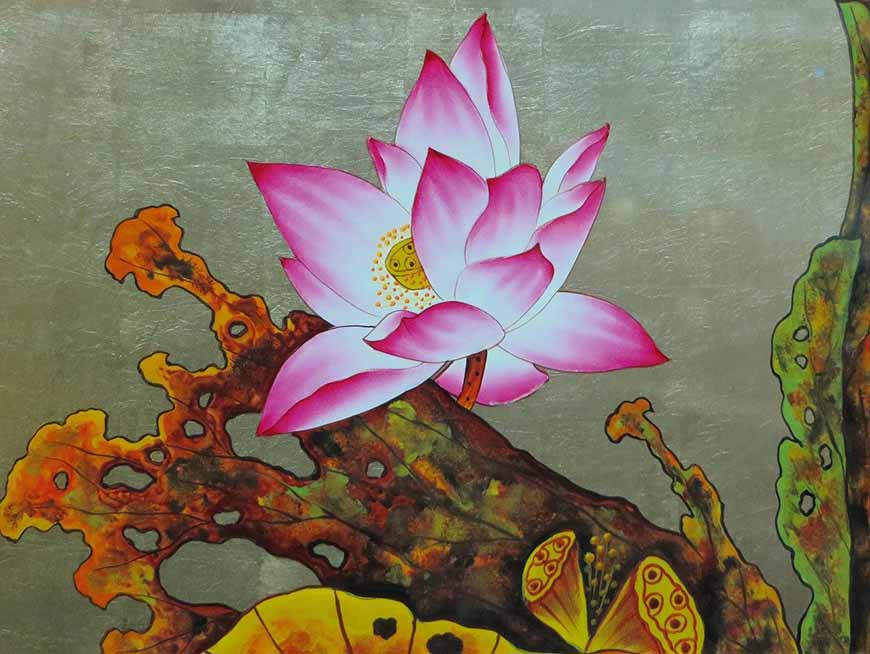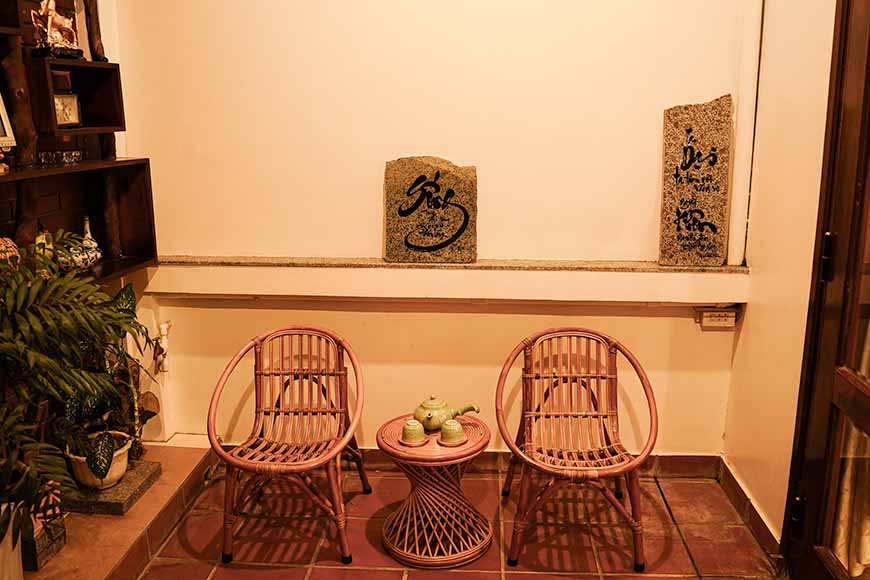Traditional Vietnamese crafts are a national treasure, reflecting the history, skills and values of local communities. This age-old heritage is a fundamental part of Vietnamese culture, and its importance continues to grow with time. In this article, we'll take you on a journey of discovery through the different aspects of this craft, from its origins to craft villages, traditional techniques and current challenges.
A thousand-year-old heritage
The origins of Vietnamese craftsmanship go back to the dawn of time, with the first traces of pottery and stone tools. Over the centuries, Vietnamese craftsmanship has been enriched by the influences of its neighbors, notably China and India. Trade and cultural exchanges encouraged the spread of new techniques and motifs, allowing Vietnamese craftsmanship to develop and enrich itself.
Good to know: Hanoi's Museum of Ethnography is an excellent place to discover this rich past.
Artisan villages sprang up from the 15th century onwards, creating refined pieces for the court of Thang Long (Hanoi's former name), the nobility and the export trade. Silks, ceramics and jewelry bear witness to this know-how.
Regional diversity
Vietnam, with its contrasting geography and many ethnic groups, boasts a great diversity of crafts. Each region has developed its own specialties, based on available natural resources and local traditions.
* The North is famous for its Bat Trang ceramics, embroidery and lacquerware.
* The Centre is renowned for its fine lacquer and silk products.
* The South is known for its bamboo products, conical hats and ikat-patterned fabrics.
Craft villages: guardians of know-how
Artisan villages play a vital role in preserving Vietnam's craft heritage. These communities pass on ancestral techniques from generation to generation, perpetuating a unique know-how. However, these villages face many challenges, such as rural exodus, competition from industrial products and changing consumer habits.
Discover craft villages
Many craft villages are open to visitors, offering not only an opportunity to purchase unique souvenirs but also to immerse themselves in the creative process. The workshops allow tourists to learn directly from the artisans, reinforcing the importance of these living traditions.

Bat Trang Pottery Museum: A key hub of craft art in Hanoi - Credit : Mr Linh's Adventure Team
Ceramics and pottery
Bat Trang
With over 500 years of history, Bát Tràng is renowned for its high-quality ceramics, exported internationally. Visitors can explore family workshops and take part in pottery workshops. Located on the banks of the Red River, some 14 kilometers from the center of Hanoi, Bat Trang is very easy to reach, whether by bus (line 47A from Long Bien station) or private vehicle.
Bau Truc
Located in the southern province of Ninh Thuan (about 10 kilometers south of the town of Phan Rang - Thap Cham), this village is recognized as the oldest pottery village in Southeast Asia, with a strong Cham cultural influence. A cab will take you there easily.

Many ethnic communities are renowned for their art of weaving - Credit : Mr Linh's Adventure
Textiles and embroidery
Van Phuc
This village, some ten kilometers from Hanoi (Ha Dong district), has been renowned for its silk and weaving techniques for almost a thousand years. Artisans here practice sericulture and weaving, offering a varied range of silk products. Several bus routes serve the village, including routes 02, 21, 36 and 79. Note that you'll have to walk about 500 meters from the bus stop to reach the village.
Quat Dong
Known for its embroidery crafts, this village preserves ancestral techniques handed down from generation to generation. It is located in the Thường Tín district, just over 20 kilometers south of Hanoi. It's a 40-minute cab ride.

Woman (and touristis !) wearing a conical hat in the Mekong Delta - Credit Mr Linh's Adventure Team
Manufacture of conical hats
Phu Cam
On the outskirts of Hue, this village is the birthplace of the nón lá (conical hat), one of Vietnam's symbols. Here, craftsmen perpetuate the tradition of making hats from local materials. Allow 15-20 minutes by cab from downtown Hué to reach this emblematic craft village.

The ancestral art of Vietnamese lacquerware - Credit : Internet
Lacquerware
Ha Thai
This village is renowned for its lacquer craftsmanship, which dates back at least to the 17th century, not only in Vietnam but also abroad.
Did you know? Craftsmen sometimes take over 6 months to complete a work in natural lacquer!
Today located on the outskirts of Hanoi, you'll find this village some 20 to 30 kilometers south of the capital.

Rattan in all its forms! Credit : Mr Linh's Adventure
Bamboo and rattan crafts
Bamboo is widely used in Vietnam to create a variety of objects from toys to decorations to scaffolding. Villages such as Kim Sơn, in Ninh Binh province, specialize in the manufacture of rattan items, including the famous rush mats. This village is around 100 kilometers southeast of Hanoi, so don't expect to drive less than 2 hours to reach it by private vehicle. The more adventurous will take a bus to Ninh Binh, and from there a xe om to Kim Sơn, which is about 30 minutes from the city center.

Dong Ho style paintings, a cultural treasure - Credit : Internet
Papers and prints
Dong Hô's papers and prints, true treasures of Vietnam, transport us to a world where tradition meets art. Born of ancestral know-how, these colorful masterpieces tell the story of a people and bear witness to the richness of its culture.
Vietnamese crafts today
Vietnamese craftsmanship is going through a period of transition. While handcrafted products remain highly appreciated on both the domestic and export markets, the sector is facing increasing competition and changing consumer tastes. To meet these challenges, Vietnamese craftspeople must innovate and adapt to new trends, while preserving their identity.
Cultural and economic importance
Traditional crafts play a crucial role in the local economy, with nearly 2,000 craft villages still active across the country. These villages often specialize in one type of craft, enabling artisans to maintain their skills while meeting the needs of the modern market. What's more, craftsmanship contributes to the preservation of cultural traditions and the transmission of values to future generations.
By supporting artisans and consuming local products, we help to keep this heritage alive, and ensure that know-how is passed on to future generations.
So, come and discover traditional Vietnamese craftsmanship and support these passionate artisans who are perpetuating an age-old heritage!